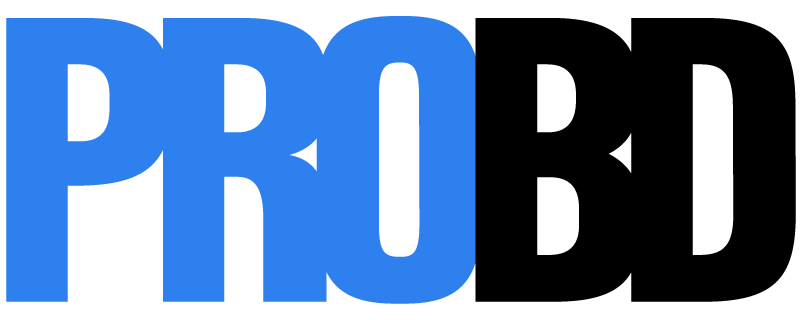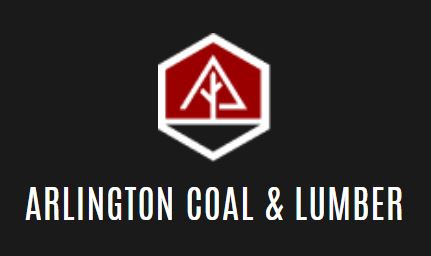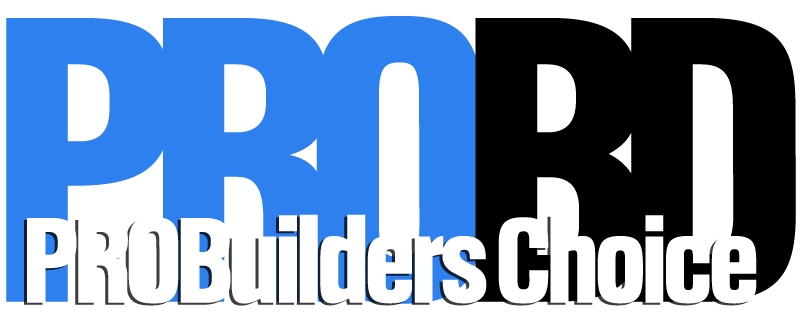The HLR 100Z is similar in size and sound to Variable Refrigerant Flow (VRF) terminal units, and it fits readily into most plenums and mechanical areas that serve one or more zones.
enVerid Systems, a leading provider of solutions to reduce the cost and carbon emissions of heating, ventilating, and air conditioning buildings, announced the HLR 100Z, the newest addition to enVerid’s family of HVAC Load Reduction (HLR) modules, which expands enVerid’s product reach to the individual building zone. The HLR 100Z is similar in size and sound to Variable Refrigerant Flow (VRF) terminal units, and it fits readily into most plenums and mechanical areas that serve one or more zones. The HLR 100Z is compatible with most commercial building HVAC systems, particularly those served by VRF, active chilled beams, water source heat pumps, and other de-coupled heating and cooling systems. The HLR 100Z can be utilized to minimize outside airflow, heating and cooling loads, electrical loads, refrigerant charge, system weight, and cost, resulting in equipment and energy savings and lower carbon emissions.
When combined with ASHRAE’s IAQ Procedure, the HLR 100Z can make building electrification targets easier and less expensive to achieve. Each HLR 100Z can offset 3-15 tons of peak cooling demand while reducing HVAC energy consumption by up to 40%. This can cut the electrical needs of an HVAC system by up to 40 amps, the refrigerant charge by up to 10 pounds, and the system cost by up to 30%. The HLR 100Z can also be utilized to earn up to nine LEED points in the Indoor Environmental Quality, Energy & Atmosphere, and Innovation credit categories through the US Green Building Council’s LEED BD+C Minimum Indoor Air Quality Performance: IAQP Compliance Path pilot program.
“As the market has moved to smaller, decentralized HVAC system designs, enVerid has responded with new products to simplify and expand the applications that can be served with our innovative Sorbent Ventilation Technology that is at the core of all HLR modules,” according to Christian Weeks, CEO of enVerid Systems. “In 2023, we introduced the HLR 100C to expand from the application market to the packaged rooftop market. With the addition of the HLR 100Z for smaller zones, we now have a low-cost solution for implementing Sorbent Ventilation Technology and ASHRAE’s IAQ Procedure throughout the commercial HVAC market, including the rapidly growing segment served by VRF, active chilled beams, water source heat pumps, and other decentralized heating and cooling systems.”
enVerid’s Sorbent Ventilation Technology (SVT) removes dangerous gaseous contaminants from interior air, eliminating the need for costly and energy-intensive outside air ventilation to maintain indoor air quality. Reducing outside air requirements with SVT and ASHRAE’s IAQ Procedure in Standard 62.1 contributes to building decarbonization and electrification goals by reducing equipment size to save on initial costs and lowering ventilation energy use to increase efficiency. Reducing outside air ventilation also improves building resilience to polluted outside air, particularly that from wildfires.
“enVerid continues to innovate, engineering its HLR modules into smaller form factors to broaden the HVAC applications served with SVT,” said Alex Goodwin, SVP Products & Engineering at enVerid. The initial market response to the HLR 100Z has been extremely positive because of its compact size and flexible integration options. “With a focus on smaller-scale spaces, the new HLR 100Z delivers the benefits of SVT and the IAQ Procedure to decentralized HVAC systems such as VRVs that are increasingly in demand.”
Recent revisions to ASHRAE standards enable design and implementation of all HLR modules simple for engineers and cost-effective in today’s pressing ventilation conditions.
- Addendum aa to 62.1-2019 (February 2022) – strengthened the IAQ Procedure by specifying pollutants of concern, design limits, and post-occupancy testing requirements.
- Addendum n to 62.1-2022 (October 2022) – elevated the bar for compliant air cleaning technologies such as SVT by providing precise test procedures to assess cleaning efficacy.
- Addendum c to 62.1-2022 (October 2023) – simplified the application of the IAQ Procedure for engineers by including an Excel calculator for calculating outside air requirements using the IAQ Procedure.
A recent peer-reviewed ASHRAE paper examined the cost, energy consumption, and carbon emissions of various ventilation strategies for commercial and educational spaces that meet Standard 62.1 (normal operations), Standard 241 (“infection risk management mode” or IRMM), and ASHRAE’s proposed Guideline 44 (“wildfire smoke mode” or WFSM). The article discovered that ventilation strategies based on the IAQ Procedure consume the least amount of energy, produce the least amount of carbon, and are the only methods that comply with both infection risk management mode and wildfire smoke mode. Over 1,000 enVerid HLR modules have been field installed in accordance with the most recent version of the IAQ Procedure.
The HLR 100Z is the most compact module in enVerid’s award-winning HLR product line, which also includes the HLR 100C (integrated with rooftop curbs and inside AHR/RTU cabinets), HLR 100M (for indoor mechanical spaces), HLR 200M (for indoor mechanical spaces with CO2 concerns), and HLR 200R (for rooftop and other outdoor applications). The HLR 100C was a 2024 nominee for Consulting-Specifying Engineer’s Product of the Year in the HVAC category; the HLR 100M was named Product of the Year in the HVAC category by Consulting-Specifying Engineer readers in 2021; and the HLR 200M received the AHR Expo Product of the Year Award in 2019.











